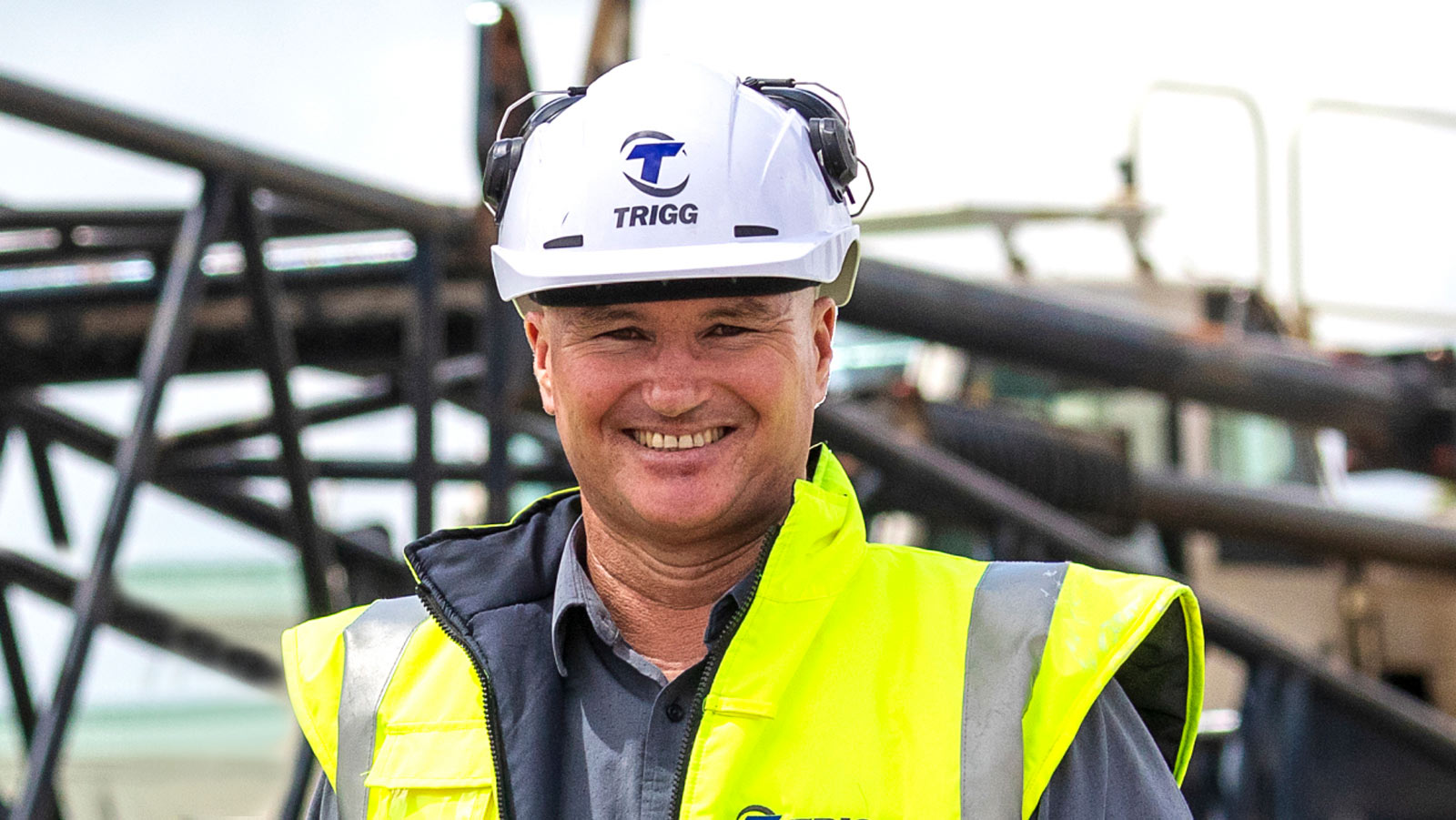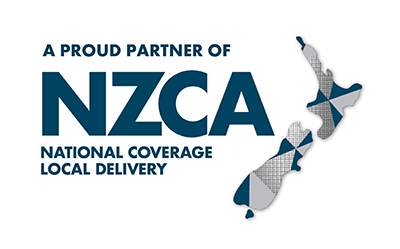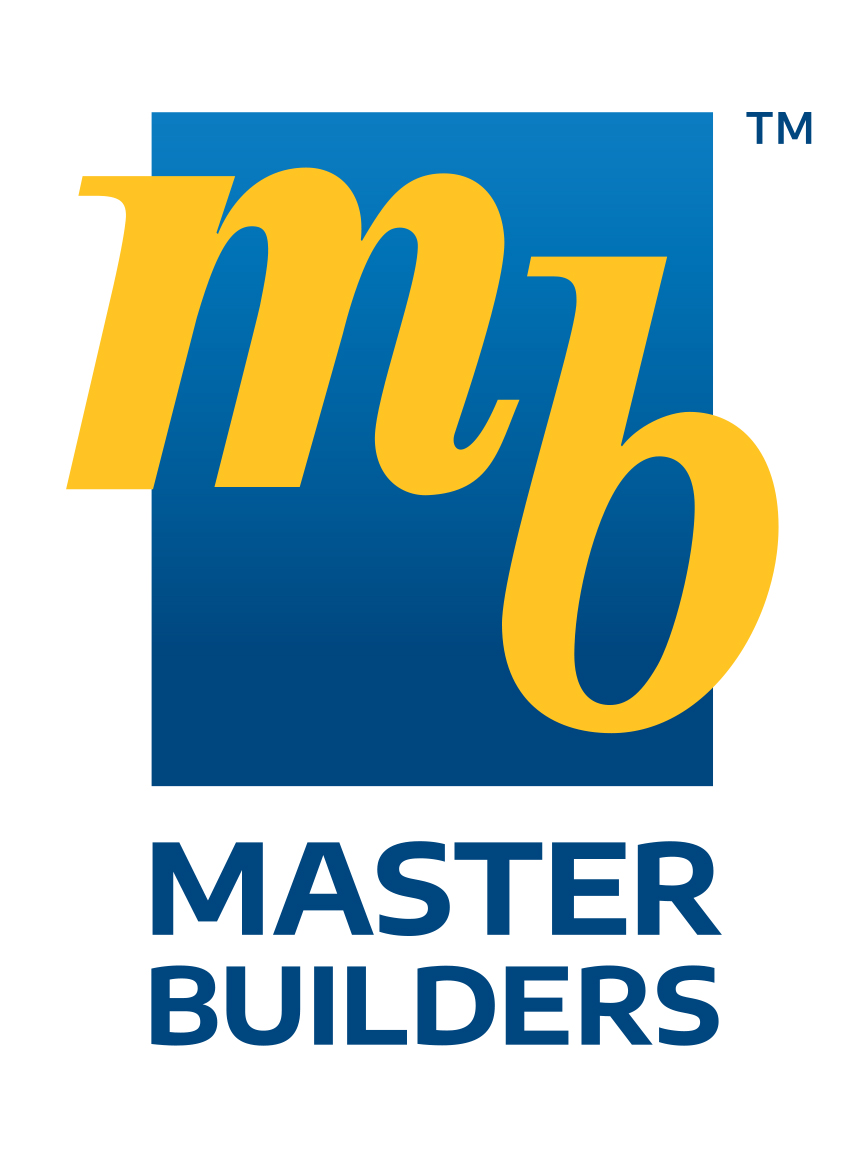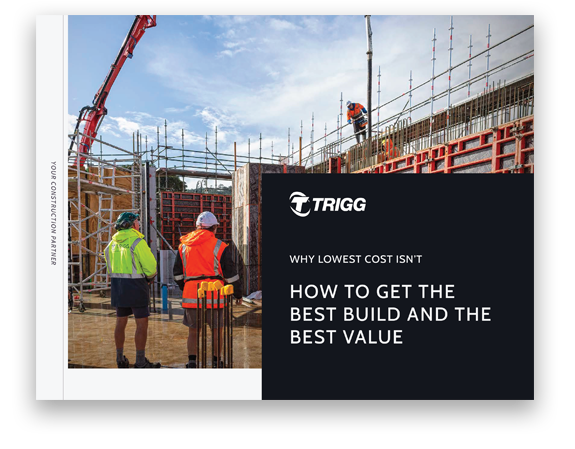There is a lot of information at the moment highlighting the issue of mental health and well-being in many industries but, in particular, the construction sector.
The recent scoping study report by BRANZ on mental health in the construction industry highlighted the fact that “6.9% of all employed male suicides in New Zealand are committed by members from the construction industry workforce”, the highest of any industry in this country.
The report identifies several factors such as a macho culture, where workers are told to harden up, work stress due to the boom/bust cycle, more pressure from better informed customers, and drug and alcohol use amongst workers to name a few.
The point is how can we make a difference today? How can we start the conversation to have a positive effect on someone’s mental health and well-being?
CROSS SECTOR LEARNING
I have been a member of the Fire and Emergency Service in New Zealand for more than 30 years now, and they have been very good at assisting members with systems, tools, support and networks to help all members manage the effects of the trauma that we deal with.
One of the recent developments is the term Psychological First Aid, together with a tool to help with the process of first aid.
What resonated with me is that first aid is exactly that — immediate intervention that almost anyone can do.
Even with medical first aid, an untrained person can do compressions on a collapsed patient, they may not be technically correct, but it is better than standing there and not doing anything!
The term first aid is a great way to start a conversation with a friend or colleague that may be “out of sorts”.
MANERS
The tool that was formed for the emergency services sector is MANERS. It was developed by the Victorian Ambulance Counselling Unit, and adopted by trauma management organisations around the world, including Fire and Emergency New Zealand.
It gives us a structured methodology to have a conversation with someone. Each of the letters represents a tool from the first aid kit that can be used for psychological first aid.
The best thing is, there is no requirement to use them in any order, or to use all of them — you can just use the ones that are fit for the purpose most appropriate at that moment.
It is a tool to help us use the coping skills we already possess — eg, helping our kids manage the death of a pet.
MANERS establishes a human connection in a non-intrusive, compassionate manner, and enhances immediate and ongoing well-being of individuals exposed to personal crisis.
Its goal is to help people maintain their living environment to the standards they want, and to reduce stress symptoms to assist in a healthy recovery following a personal crisis.
It is important to include family and/or extended family when applying psychological first aid as the value of support being continued away from the work space cannot be underestimated.
The involvement of family has proven an extremely successful initiative by Fire and Emergency New Zealand.
Briefly the letters can be summarised as follows:
M — Minimise Exposure
Goal:
To help minimise stress and anxiety levels, and to allow the recovery process to begin.
Why:
• Reduce emotional stimulation to the event
• Support, facilitate and help the recovery process to begin
Suggested Actions:
• Move person to place of calm and safety
• Relieve the person of some of the burden of responsibility
• Find alternate roles for person
• Remove the issue or them from the issue
A — Acknowledge the event
Goal:
To acknowledge the event to those involved and provide an opportunity to identify those experiencing problematic reactions.
Why:
• Acknowledge events are significant and tough
• Provides opportunity for positive reinforcement
• Acknowledge the good stuff the person has done
Suggested Actions:
• Ask: “That looked like a tough job, how are you doing?” or “things are so hectic at the moment, how are you going?”
• Respect that a person may not want to talk about it
• Listen and be available if they want to talk
• Keep your acknowledgement and responses genuine and simple
N — Normalise Reactions
Goal:
To help the person understand that it is normal to respond in a variety of ways to an event.
Why:
• No one is immune from stress
• Sets realistic expectations
• Encourages the person to understand they are not going mad when they do experience difficulties
Suggested Actions:
• Reassure the person that it is the event that is abnormal, not their reaction to it
• Acknowledge the person’s feelings without judgement
• Allow the person to process the event in a way that is most comfortable to them, ie, to talk informally, have a break, connect with family or colleagues
E — Educate as required
Goal:
To help the person/s involved in an event understand stress responses, and to encourage them to use their coping skills
Why:
• Educate about coping skills we already possess, know and use
• Help person to de-escalate, (calm down), breathing, cuppa, anything to help return to normal state of equilibrium
• Put pieces of puzzle (event) back together so there are no unresolved questions or uncertainties
Suggested Actions:
• Explain what is happening in the event to increase their understanding
• Ensure the person is OK and they have what they need to manage
• Remind the person in most events “you/we did not start this”
R — Review, Restore or Refer
Goal:
To review how a person is doing, restore them to their normal functions, or refer them for additional assistance.
Why:
• Review — follow up on symptoms
• Restore — the person to normal functions and routines
• Refer — on if additional support of services needed
Suggested Actions:
• Encourage person to re-engage normal activities as soon as possible
• Arrange follow up calls/meetings to check how they are doing
• Monitor person’s well-being over time
S — Self Care
Goal:
To encourage all persons to be involved with ongoing self-care and to minimise the likelihood of reoccurrence of symptoms.
Why
• To understand your own signs and symptoms
• To ensure your own health and well-being is looked after
Suggested Actions
• Maintain a healthy lifestyle, with sleep, exercise, nutrition and work/life balance
• Identify your own trigger factors and know when you are most vulnerable
• Spend time with people you value
• Talk to someone you trust
• Access additional support if you need it
So, if you feel that someone is “out of sorts” or “not their usual self”, just start a conversation as mentioned above in “Acknowledge the Event”.
First aid is an important skill for us all, and is easy to apply if you just make a start.
Note: This is advice based on my own experiences. Always seek further advice where required.
WHERE TO GET HELP
1737, Need to talk? Free call or text 1737 any time for support from a trained counsellor
Lifeline — 0800 543 354 or 09 522 2999 within Auckland
Samaritans — 0800 726 666
Suicide Crisis Helpline — 0508 828 865 (0508 TAUTOKO)
thelowdown.co.nz — or email team@thelowdown.co.nz or free text 5626
Anxiety New Zealand — 0800 ANXIETY (0800 269 4389)
Supporting Families in Mental Illness — 0800 732 825
Alcoholics Anonymous – 0800 AA WORKS, or aa.org.nz.
If it is an emergency or you, or someone you know, is at risk, call 111.







